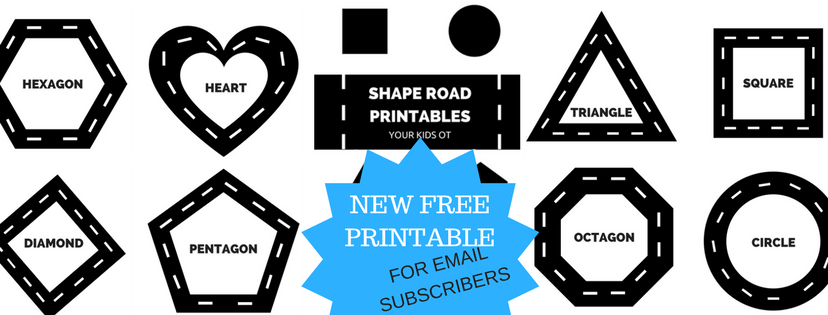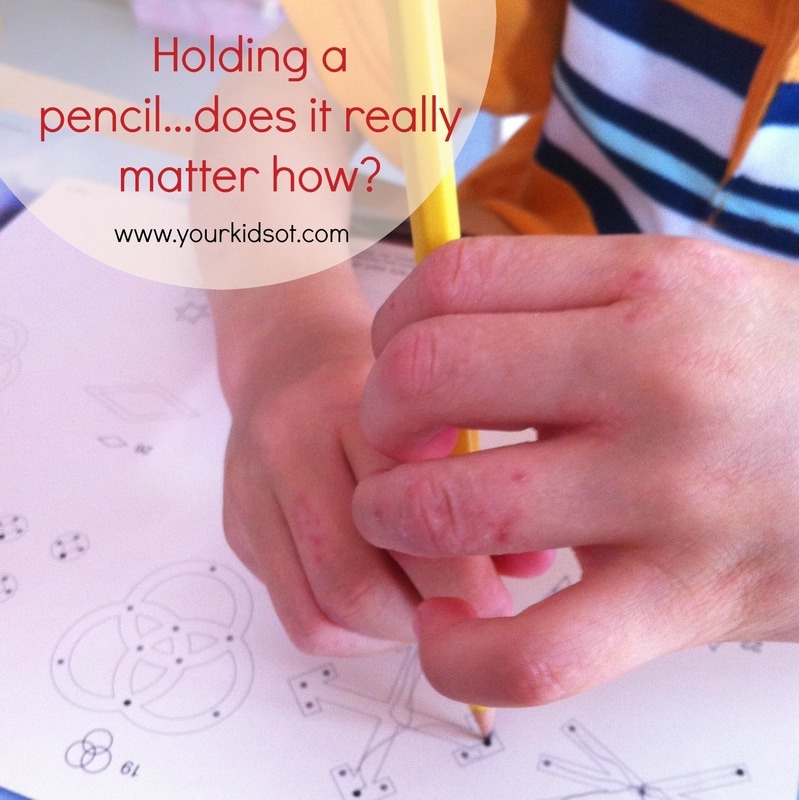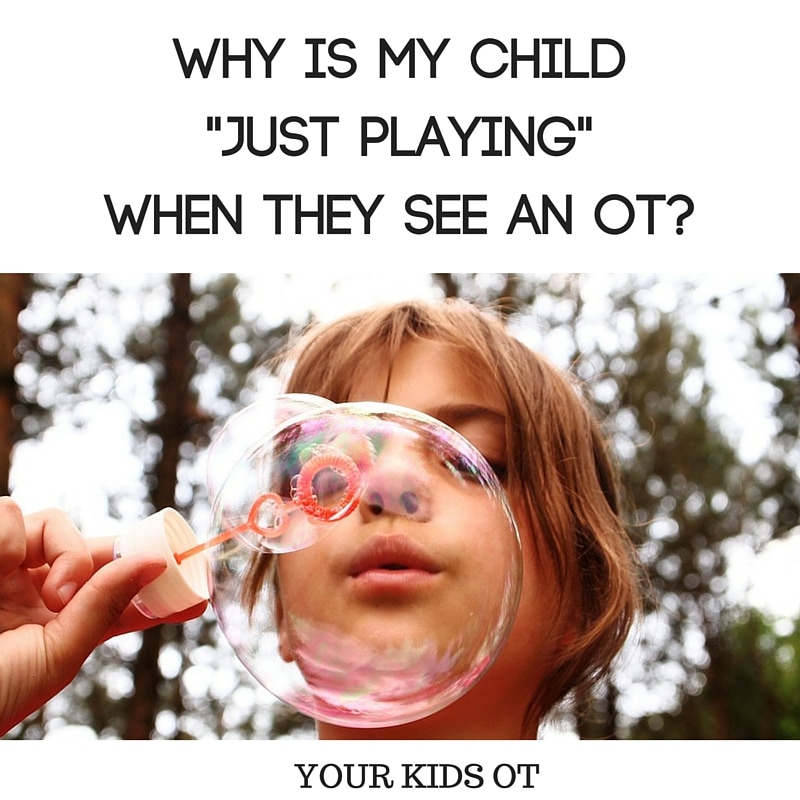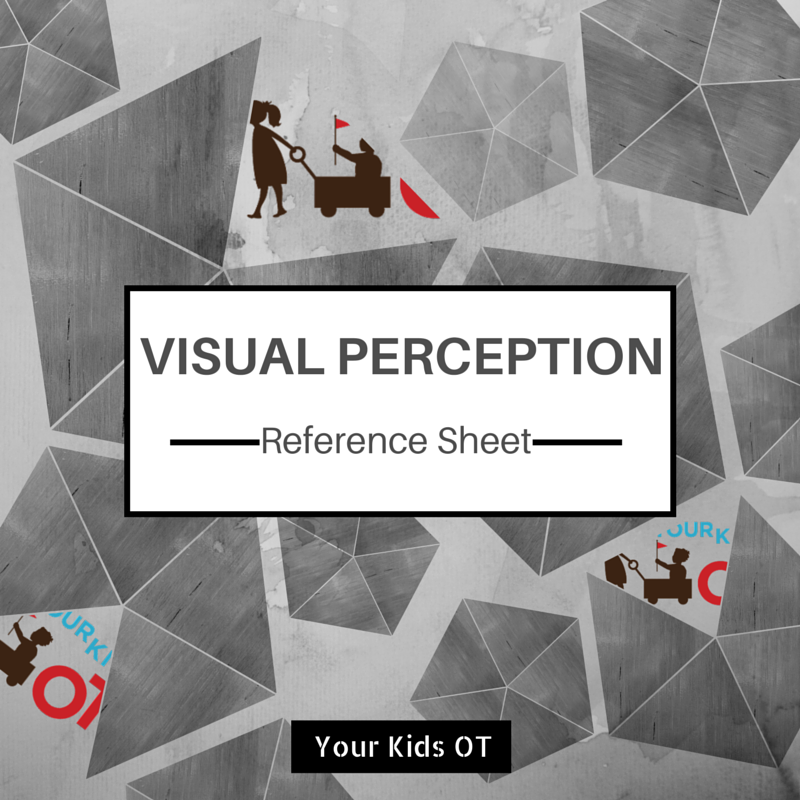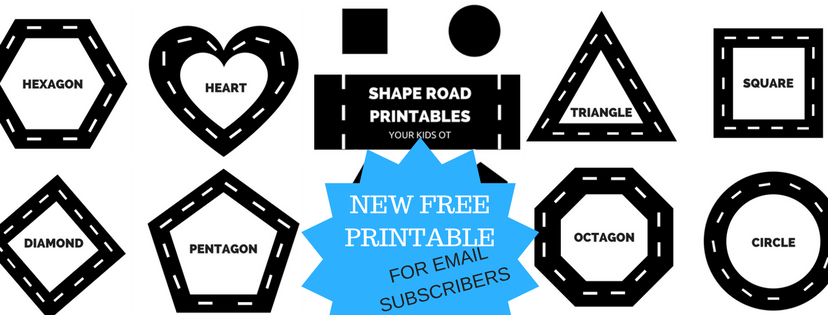|
Affiliate links are used throughout this website to promote products I love and recommend. I receive a commission if any purchases are made through these links. Please see my disclosure policy for more details. Not everyone uses a functional efficient pencil grasp. If you walk into a room full of adults and look at how they hold their pens, you will find a range of "functional grasps". In my last article I explained what makes a grasp "functional" and "efficient"; read more about this here. Functional Inefficient Pencil Grasps Some people are happy to use an inefficient pencil grasp because what they have is comfortable for them and produces legible writing. We all adjust our pencil grasps according to comfort and pain. Inefficient pencil grasps develop for a number of reasons. Sometimes these inefficient grasps develop because of weak hand muscles, low muscle tone or hyper-mobile joints. Sometimes the writing may be a little messy, however this compromise is accepted because it enables the writer the least amount of pain or the most stability. Some writers who use an inefficient grasp also make other accommodations. They may write for a short duration with regular breaks or use a modified writing implement. Typical Modifications of Pencil Grasp Here are some ways that children and adults hold the pencil to adjust for weak hand muscles, low muscle tone or hyper-mobile joints.
Movement of the pencil using these grasps may be either static (control coming from wrist, elbow or shoulder) or dynamic (from the fingers). Joint Hyper-mobility Children with finger joint hyper-mobility (often called "double-jointed") have difficulty stabilizing their joints to control pencils and other implements. These children are prone to fatigue so consideration should be provided with how much they are expected to write and for how long. Joint protection should also be considered (this may depend on the severity of joint hyper-mobility). Joint protection may be achieved through strapping or splinting to provide extra support to their fingers during tasks that require manual dexterity. A quick trick is to use a hair elastic twisted into a "figure 8" over the joint to provide some extra support (see photo below). Some children with joint hyper-mobility also benefit from using a modified pencil grasp such as those mentioned previously. Benbow (2006) describes the grasp held between the second and third fingers as the adapted tripod grasp. The "Twist n write" pencil (pictured below) provides an alternative way to hold a pencil. If you suspect that you child has hyper-mobile joints, seek professional medical advice. Inefficient and not functional Pencil Grasps. An inefficient pencil grasp moves from functional to not functional when there is an issue with: -
When to change a pencil grasp if it is inefficient? Pencil grasps should be looked at as part of an overall age-appropriate handwriting assessment and remediation. Consider working on a more dynamic pencil grasp with children who may be demonstrating one of the following :-
For some great ideas to work on pencil grasp - check out my "Handwriting and Writing" Landing page. There will be more practical ideas to come here on the blog! Where a grasp can not be changed due to a child's age or the issues described previously with low muscle tone and joint hyper-mobility; then consideration should be made with regard to the use of technology such as laptops, ipads and speech to text recognition. Additional exam support may also be considered for older children such as extra time or the use of a scribe. Do you or someone you know use an "inefficient" grasp? Is it functional?
References:
* Benbow, M. (2006). Principles and Practices of Teaching Handwriting. In Hand Function in the Child Foundations for Remediation (pp. 319-342). Mosby Elsevier. You may also like: Comments are closed.
|
AuthorHi, I'm Cindy and I am an Occupational Therapist. I enjoy working creatively with children to see them reach their potential. Read more about me here. SEARCH THIS SITE
Archives
June 2024
Categories
All
Popular Posts |
Join the YKOT e-newsletter!
Subscribe to get our latest content by email and receive
the SHAPE ROADS PRINTABLE NOW!

Success! Now check your email to confirm your subscription and receive your free printable!
Join our Mailing List!
Subscribe to get our latest content by email and receive
the SHAPE ROADS PRINTABLE NOW as a thankyou!

Success! Now check your email to confirm your subscription and receive your free printable!
Disclaimer: The information on this site is general in nature and should be used for educational and entertainment purposes. The activities are safe for most children, however, you should consult an Occupational Therapist or health professional to address specific movement, sensory or other medical conditions. This blog does not replace formal therapeutic professional advice given by a health professional or medical practitioner. Reviews and endorsements of products will only be made based on my expertise and personal opinion; and deemed worthy of such endorsement. The opinions shared in sponsored content will always be my own and not that of the advertising company or brand. Content, advertising space or posts will be clearly identified if paid, affiliated or sponsored. Affiliate links may be found throughout this website in advertising. This means that if you follow through with a purchase from these links, Your Kids OT will receive a percentage of the sale. Your Kids OT undertakes to meet the requirements of the "Social Media Policy" as published by Australian Health Practitioner Regulation Agency (AHPRA). Further information about this policy can be found here.
Find meFollow me |
About me
AuthorHi, I'm Cindy and I am an Occupational Therapist. I enjoy working creatively with children to see them reach their potential. Read more about me here. |
Copyright © 2017 Your Kid OT

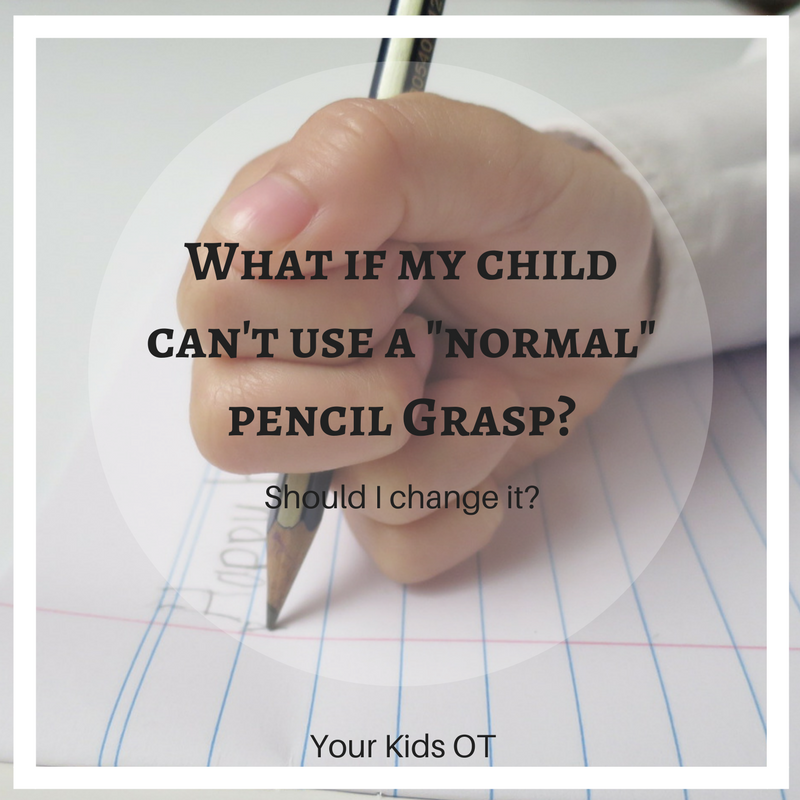
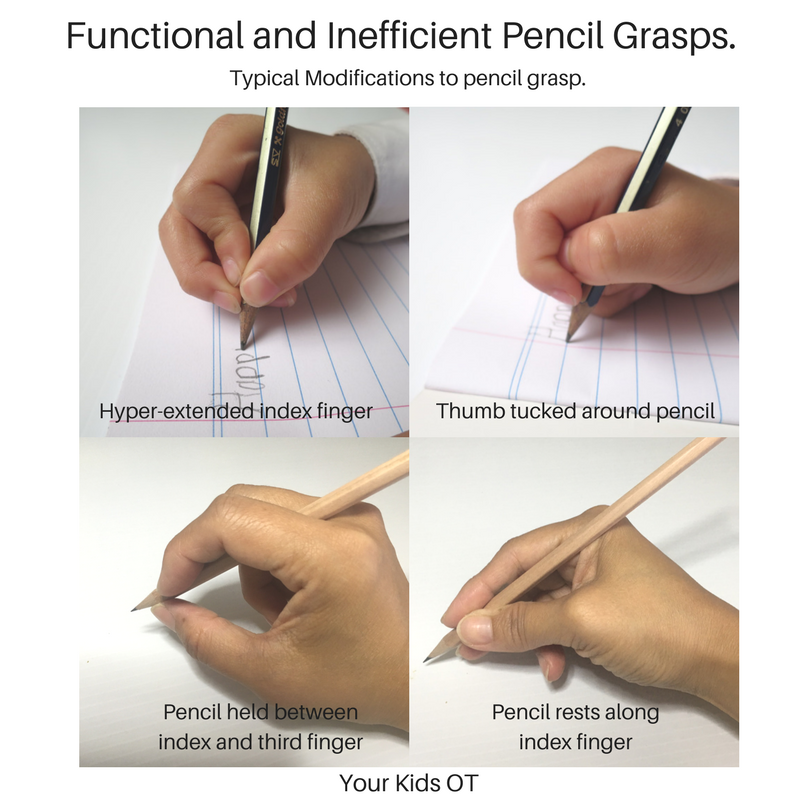
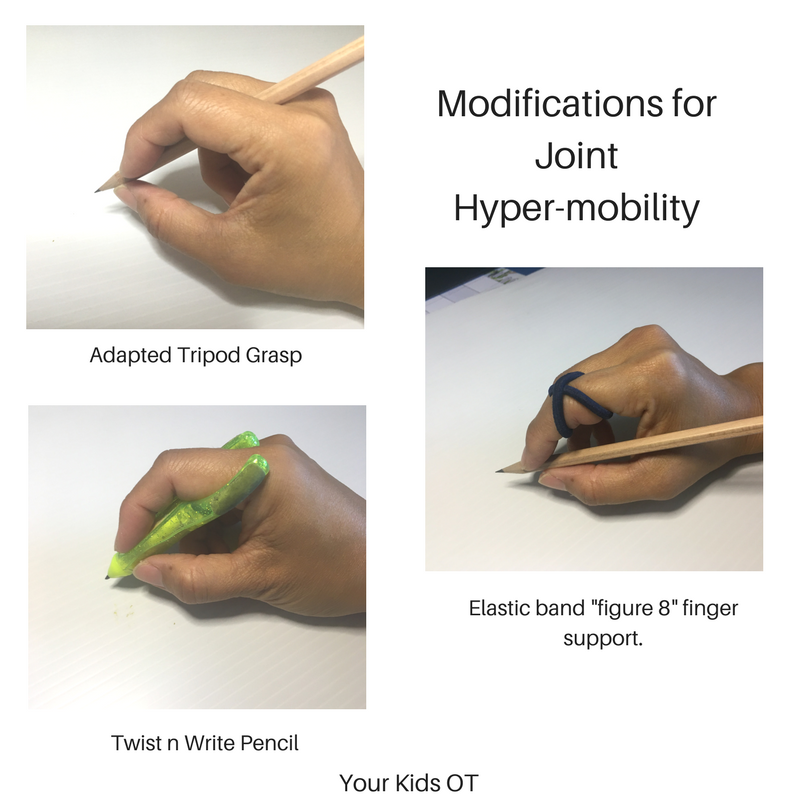

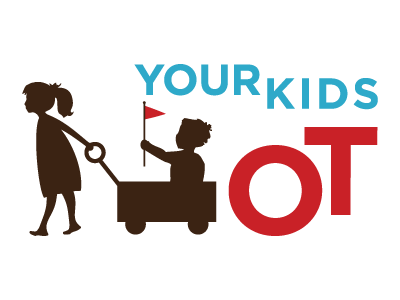
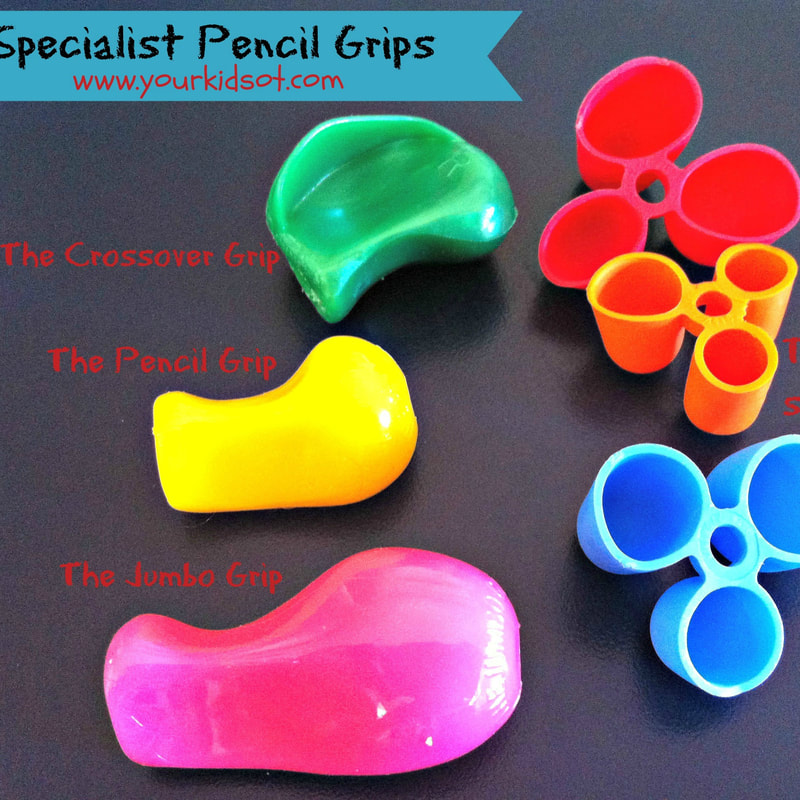

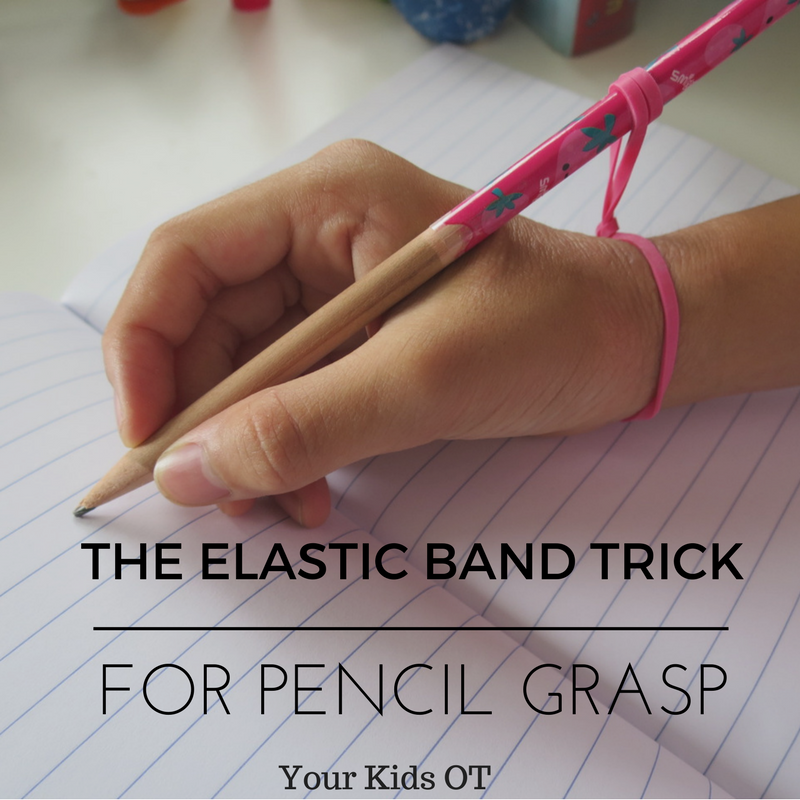
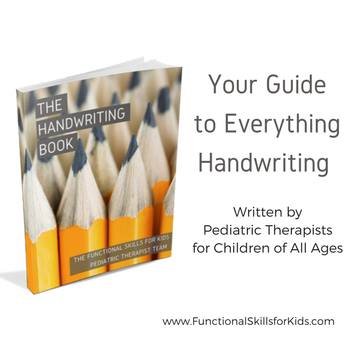

 RSS Feed
RSS Feed
